The City Project

A collaborative project to create a metropolis. The brief to create a city, through creative and radical abstraction, a speculative imagining where certain conditions or situations are reinterpreted and amplified. Its form emerges through the act of combining custom parts which are formulated through research of landscape, cities, and the people who live in them. The city is a condition which spreads out in all directions, an immersive environment without beginning or end.
City Studies


Catalogue of different buses found in metropolitan areas used to construct buildings in the city.

The City of Bus Life is composed of buildings made from buses. After fossil fuel is banned this type of technology will become obsolete. The remaining bus shells will become cozy apartments, schools, stores, and work spaces for many.
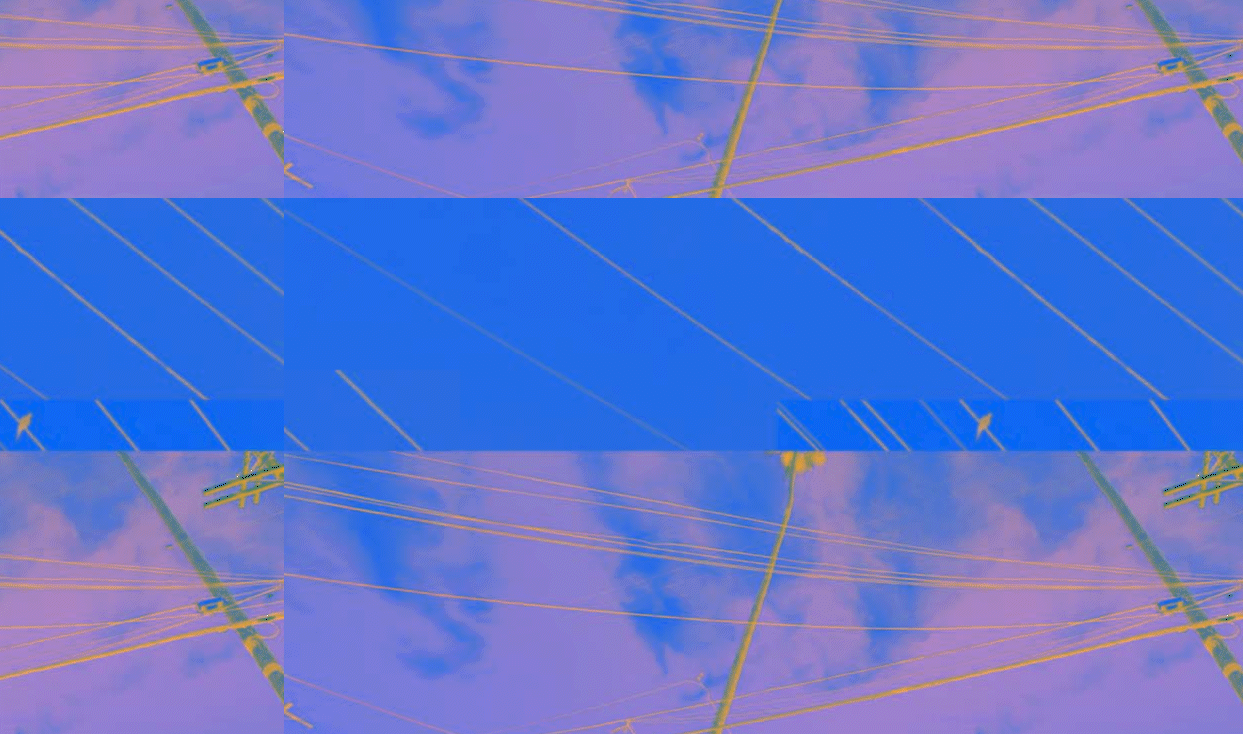
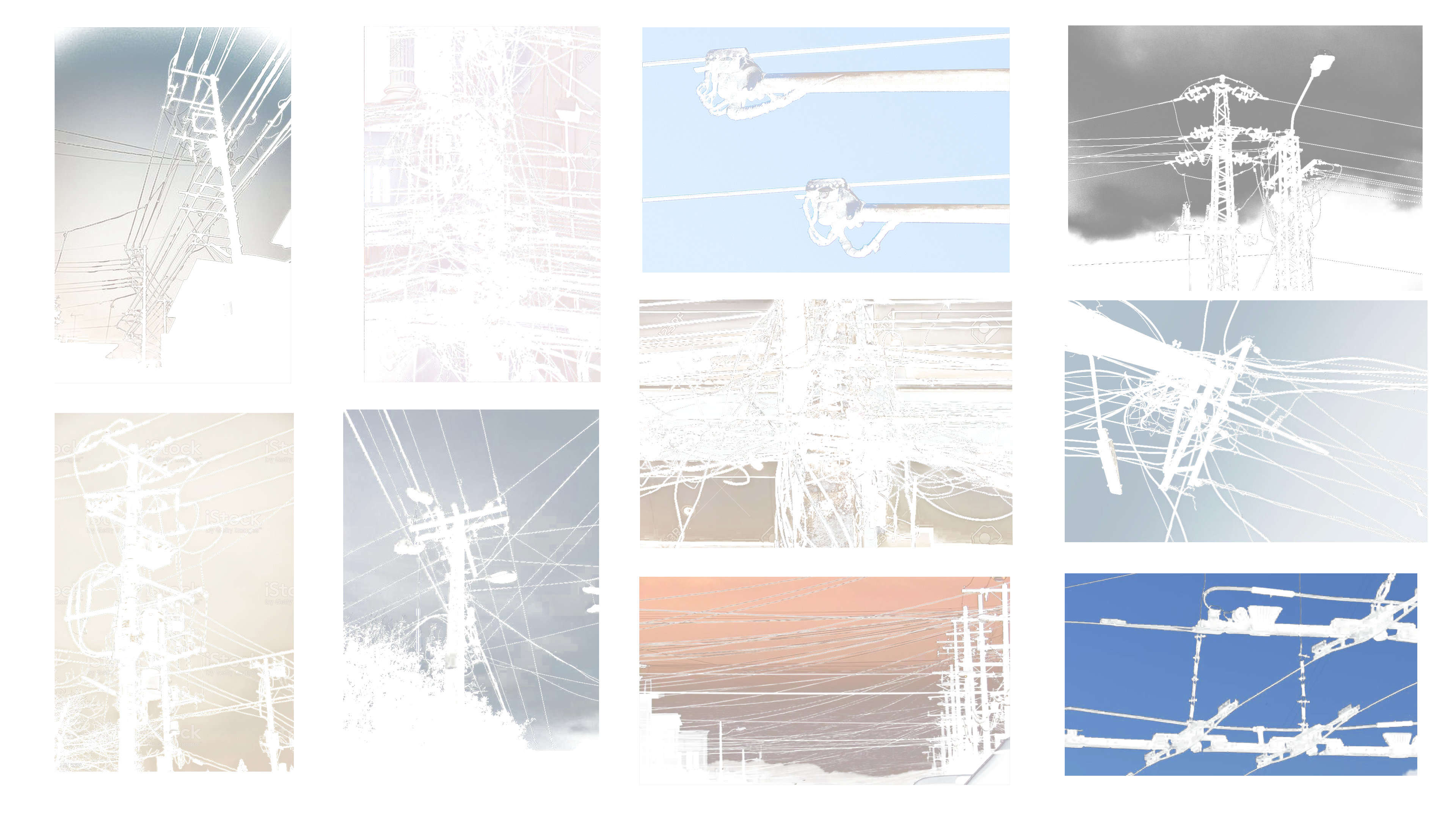
The City of Disrupted Views is constantly in a state of flux. Its citizens are always on the move as they slide from wire to wire. The city cannot function without the kinetic energy as it fuels the city with electricity. Although everyone is on the move and seemingly headed somewhere their view of a destination is disrupted by wire and movement.
The wires catalog began as a study of wires, entanglements, and structures, but soon after making this study I started to see wires as a type of window - a sort of frame to look through. These are the many examples of wire framing that can be found in cities. Some seem tighter and mesh like and others seems loose and easy to see through.


The City of Transition is made from photogrammetry scans of stairs and bridges. In this city the people are constantly in a state of transition as they are moving down, up, and across to get to where they want to go. The city is fragmented as if it was permanently in a state of loading.
The stairs catalog is a study on the connection between stairs and the city. As I documented stais I started to notice that each example looked different depending on location. At a hotel in mexico or at a hidden stairway in LA each one had a uniqueness to it. The stairs act as a interface between levels in a city.
Collaboration and Design Fiction



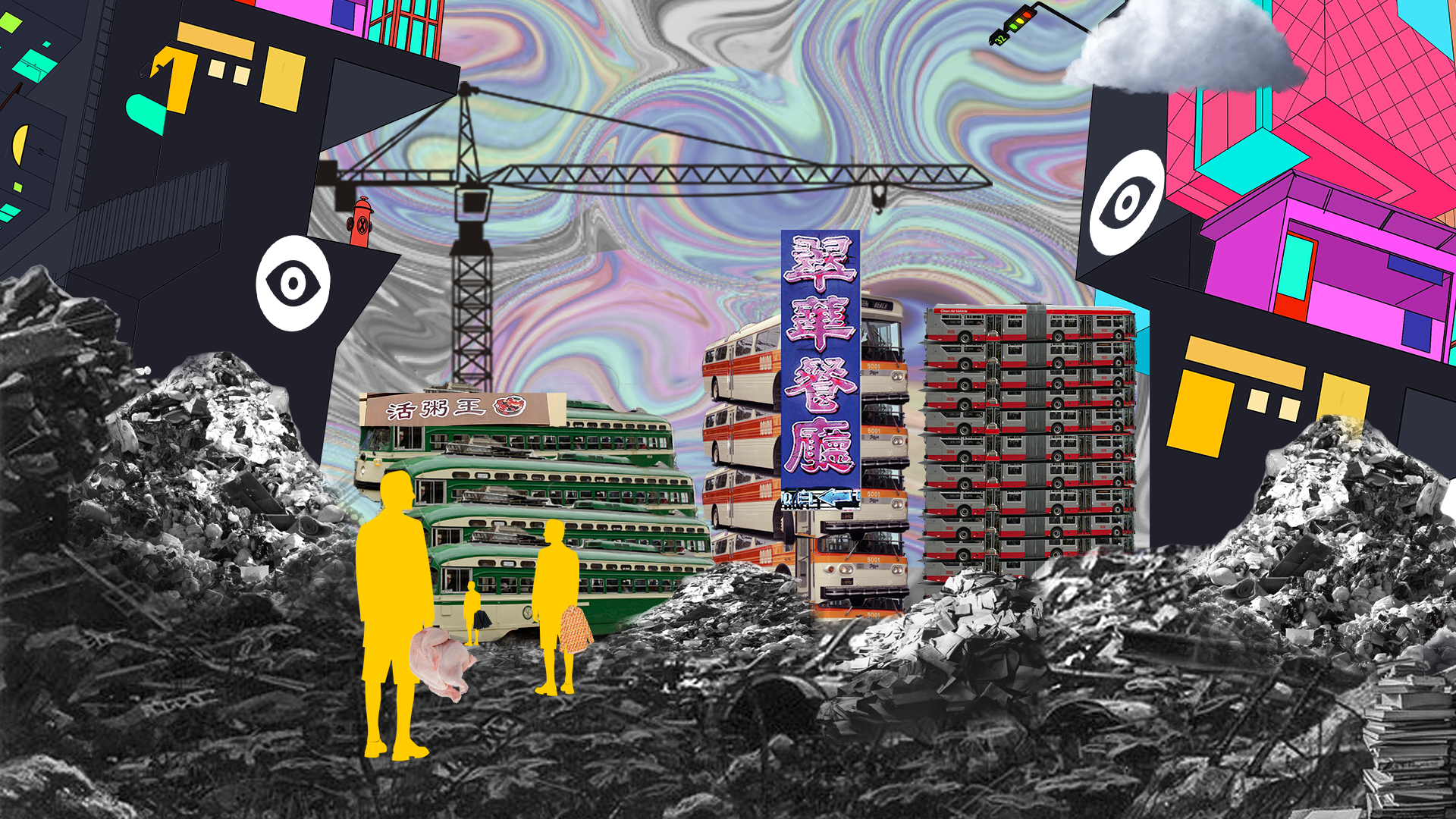

Piecing Projects Together...
Collaborating Designers: ALAN AMAYA, ALISON CHANG, GUOWEI LYU, RONGDA TAO, ZEYU WANG, QIANYUE YUWENThe Eye of Providence City, named after the "All-Seeing Eye of God,” to symbolize a benevolent order; Maintained by the eye machines who keep a watchful eye over the lower corners of the city. The all seeing machines are not allowed in the upper half of the city because residents who live closer to the "Great Architect Of the Universe" are least likely to commit crimes...so they say.
These photographs were taken by one of the all seeing machines in the lower level of the city. It depicts the development of the city. Made from old transportation vehicles called buses. Residents who are considered working class live in the lower level people here are always under the watchful eye.
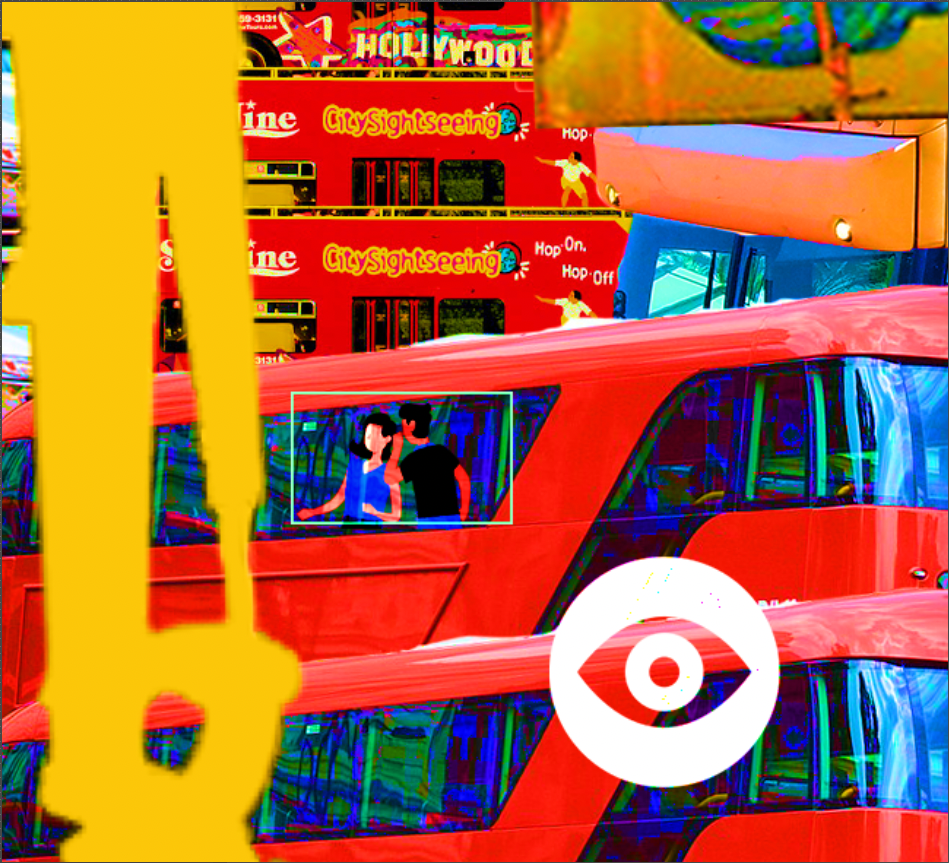
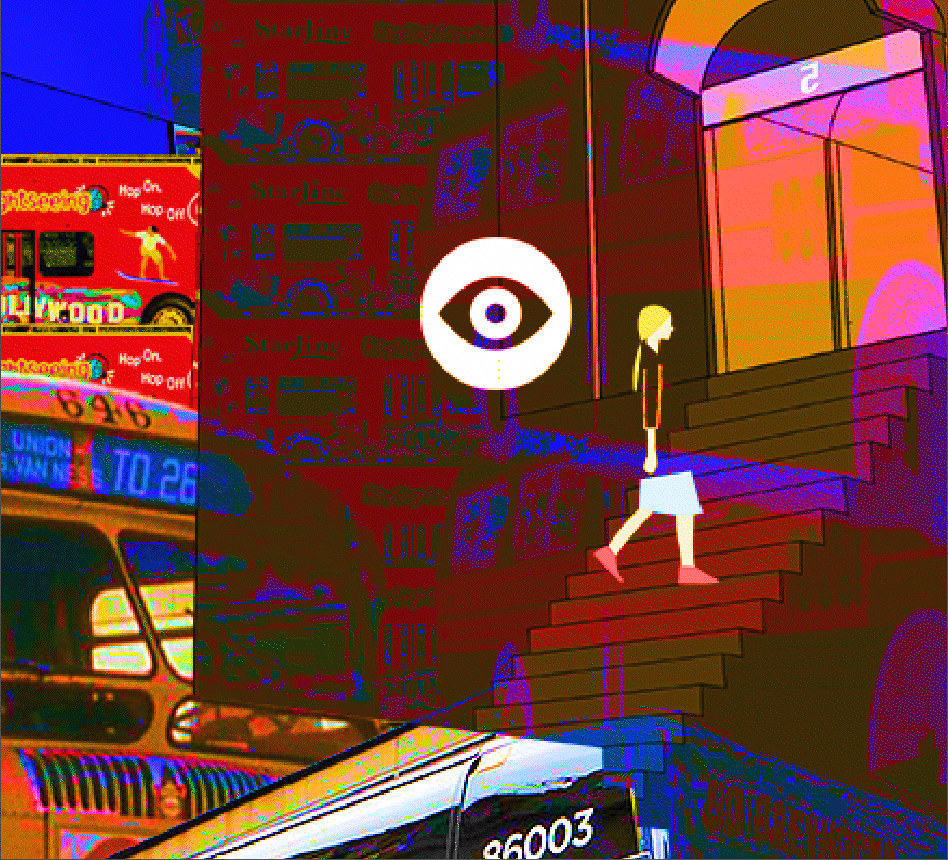
This image taken by a passing residents show the way in which machines detect suspicious behavior. Whispering is considered suspicious and the machines work to identify people who are to be kept under heavy surveillance. This couple has been missing since this photo was taken.
The eye machines follow residents throughout the city, always knowing where and what they are doing. This is designed to control citizen behavior and prevent actions that may be considered a threat to the ruling class.